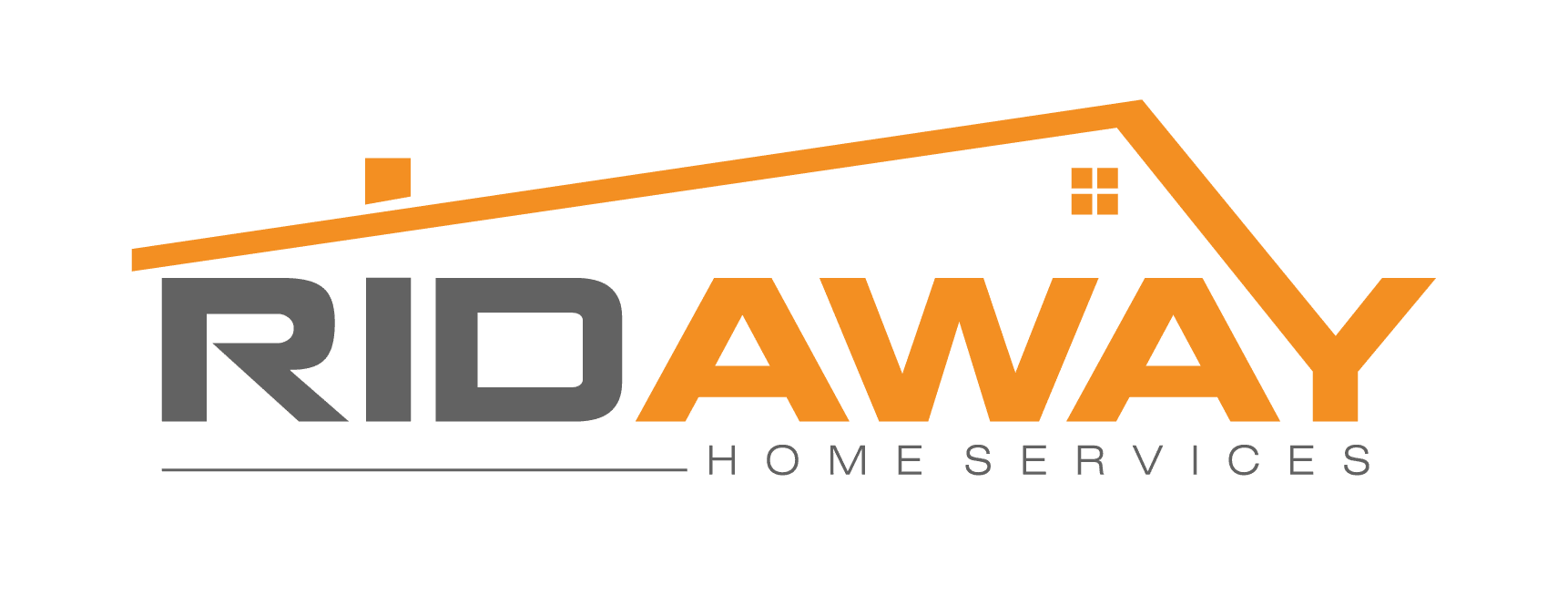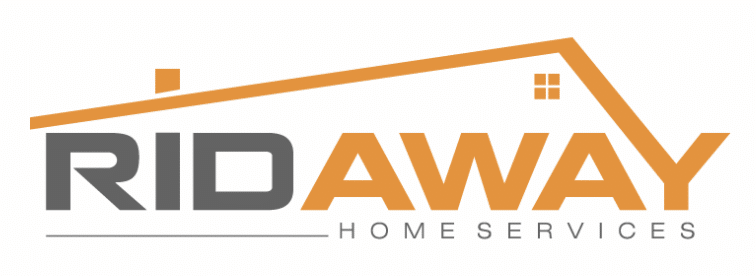Mold is a type of fungi that grows in any moist, damp, and humid area, whether it's outside or inside. The mold growing outside is not a concern, however, mold growing inside (homes, workplaces, buildings) can be a potential danger to living beings as they produce harmful and toxic compounds called mycotoxins. These compounds can cause allergic reactions and sometimes can also trigger asthma in kids.
The area where mold generally grows inside houses are sofas, food, cupboards, closets, to most commonly walls. Mold is of many different types and based on that type has various colors. Not all mold is dangerous to human life, some are even edible like penicillin and blue cheese. Being aware of different types of mold will help you identify and then take the relevant precautions to safeguard yourself and your family.
1) Black Mold (Stachybotrys chartarum)
Black mold, also known as Stachybotrys chartarum, is a dark greenish-black colored mold which often grows in areas that are high in moisture and humidity. It is known to cause several allergic reactions, skin rashes, runny nose, watery eyes, coughing, sneezing, breathing problems, and in some severe cases nausea. All of this happens due to the high amount of mycotoxins exhaled by black mold into the environment. Black mold can be commonly seen on the walls of bathrooms, attics, basements, and kitchens.
2) Green Mold (Penicillium, Aspergillus, Cladosporium)
Some types of green mold can be harmful (due to the release of mycotoxins), while some types of green molds are not at all harmful. Prolonged exposure to green mold causes allergies, asthma, and weakened immune systems. Some common symptoms of exposure to green mold include, sneezing, eye irritation, skin rashes, and coughing. Green mold, like other types of mold, can grow in a variety of environments where there is sufficient moisture, humidity, and organic material for it to thrive. Some common types of green molds are Penicillium, Aspergillus, Cladosporium, Trichoderma, and Cladosporium
3) White Mold
White mold is a powdery or fuzzy mold that has an off-white hue. Same as other molds. White mold also thrives on humidity and moisture. It develops fast on surfaces exposed to constant dampness. White mold causes discoloration of the surfaces it grows on. This can manifest as patches, spots, or a uniform layer of white or light-colored growth. Some common places where white mold may grow are wood surfaces, paper products, and fabrics. Some common types of white mold include; Sclerotinia, Sclerotium, Trichoderma
4) Brown Mold (Aureobasidium pullulans)
Brown mold, also known as Aureobasidium pullulans, is a common type of mold that can appear in various shades of brown, from light to dark. Like any other mold, brown mold is also found in damp and humid environments and is known to thrive on a range of surfaces. Brown mold thrives in areas with high humidity and moisture. It is commonly associated with damp conditions and poor ventilation. Types of brown mold include Chaetomium, Ulocladium, Aureobasidium, and Stemonitis
5) Blue Mold (Penicillium, Aspergillus)
Blue mold is identified by its unusual blue to bluish-green coloration. While some types of blue molds have beneficial uses (such as in cheese production), others can cause problems due to their potential production of allergens and mycotoxins. Blue mold appears as fuzzy patches or spots with a blue or bluish-green hue. Blue mold can grow on walls and ceilings, especially in areas with high humidity and poor ventilation. It may appear in bathrooms, kitchens, and other damp spaces.Blue mold can sometimes grow within heating, ventilation, and air conditioning (HVAC) systems, particularly if moisture is present.
One thing that every mold has in common is the conditions required to multiply and sustain. Every mold needs humid, damp conditions and the presence of moisture to thrive.
If you suspect mold growth in your home it is important to contact mold removal professionals as soon as possible. With the risks involved in mold inspection and removal, this is a job best left in the hands of a certified professional. RidAway has the qualifications and dedication to ensure the work is done to the highest standards. It is EPA approved, state licensed and insured, uses industry grade technology, and has a fast emergency response. RidAway toxic mold spores so you can breathe clean, healthy air once again.

